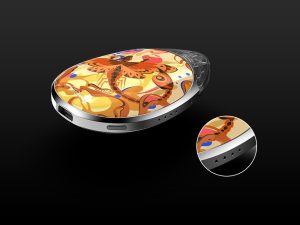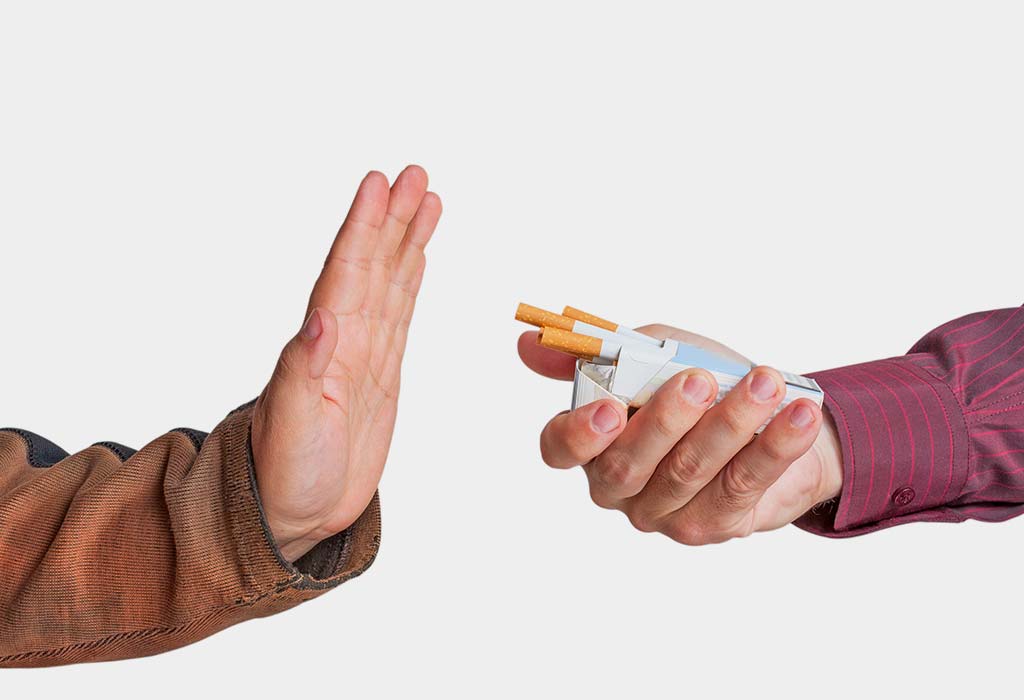Emergency medical technicians, civilian emergency services, and first responders like seer medicalcan use portable video-EEG-ECG devices to provide immediate clinical care at the scene of an emergency. The device records continuous video, video, and ECGs (electrocardiograms), cardiac rhythm, and respiration quality in real-time. Controlling factors like heart rate variability are also considered during the recording process.
The device is lightweight and easy to operate, with a small screen that shows thirty seconds before the current ECG line is recorded.
Who can use portable video-EEG-ECG?
- The device is recommended for emergency medical technicians, civilian emergency services, and first responders.
- It can also be used for patient education and training.
- The device uses a non-contact technique to record the ECGs and heart rhythms of those who need it, such as those with irregular heart rhythms resulting from atrial fibrillation or the presence of atrial flutter or ventricular tachycardia. This can help diagnose many conditions that may have been misdiagnosed as common heart rhythm disturbances or missed altogether.
- It is recommended that those using the device participate in proper training before recording any medical data.
How can portable video-EEG-ECG be used?
- Adults and children can use the device, but it is designed especially for adults as it uses a memory card of 2GB to store up to six hours of recorded data. This makes it easy to transfer the recorded data onto a computer for analysis, which is impossible with some simpler devices currently on the market.
- The device captures the patient’s heart rhythms, including atrial fibrillation. It is designed to distinguish between atrial fibrillation and premature ventricular contraction, a common issue among those with various cardiac problems.
- The device also records the respiration (breathing) of those who use it and can be used to measure heart rate variability. This factor usually needs to be taken into account during the recording process.
Types of Portable video-EEG-ECG devices
Some readily available portable EEG devices may be suitable for personal use or research and can be found at Seer Medical. These devices are typically small, lightweight, and can be connected to a computer or mobile device to record and analyze brain waves. Some popular options include:
Muse
Muse is a headband EEG device that provides real-time feedback on brain activity during meditation and mindfulness practices. It is designed for personal use and can be purchased online or from select retailers.
OpenBCI
OpenBCI is an open-source EEG platform that allows users to build their own EEG devices. The platform includes a range of EEG sensors, electrodes, and software tools that can be used to create custom EEG devices.
NeuroSky
NeuroSky is a consumer-grade EEG headset that can be used for gaming, meditation, and other personal uses. The headset uses a single electrode and is designed to be easy to use and affordable.
Conclusion
It’s advisable to remember that while these devices are portable and easy to use, they are not medical devices and should only be used for diagnostic purposes with the supervision of a qualified healthcare professional.





